Are on-demand apps a disguised luxury?
On-demand has been a hot topic in the industry, and it’s a notion that is continually growing. With the emergence of applications like Uber, delivery services for previously unimagined industries are now available. By using the appropriate app, demand what you need, whether it’s a cheeseburger or a prescription refill. In reality, the interest in “delivery apps” has been steadily increasing, according to the most on-demand pickup & Delivery App development companies in Los Angeles.
Based on a CBI Insight study, the on-demand business accounts for 23 of 310 private enterprises valued at $1 billion as of January 2019. Further, we also witnessed a significant increase in on-demand delivery services due to the Coronavirus illness (COVID-19) outbreak while we were all under lockdown and needed assistance right at our doorstep.
From where should you start?
With many individuals still adhering to social distancing in many areas of the world, ‘online delivery’ alternatives are seeing a significant demand surge. However, the world of on-demand apps has many possibilities, and if you want to join with a delivery management app, you must first create a better delivery application.
As a result, we have put up a comprehensive tutorial on designing an on-demand delivery app or constructing an on-demand delivery app for intrigued delivery companies and entrepreneurs.
Validate your App Idea:
First and foremost! Before diving into the app industry and seeking service from a Pickup & Delivery App development company in Los Angeles, be sure your app idea is sound. The purpose of concept validation is to ensure that your “delivery app for anything” correctly determines its target audience’s demands and economic potential, saving time and money.
You can obtain a general idea of future app possibilities and growth potential by following these basic principles.
· Verification of the needs of your target audience:
Begin by determining whether your software alleviates the consumers’ genuine discomfort. Examine your target audience’s demands and incorporate them into your app’s design. You can utilize questionnaire forms, post your concept as a question on social networking focus groups, and use forums to promote your proposal.
· Analyze your competition through app stores:
Keep a watchful eye on your rivals. Mobile apps are a great source of fresh ideas, competition errors, consumer feedback, ratings, and technical progress consistency. If you’re just going to make an app for one platform, such as iOS or Android, it doesn’t imply you’ll disregard the other. Spend considerable time on the other one to get fresh ideas- you never know which idea will strike when app-surfing.
· MVP development:
A Minimum Viable Product (MVP) is a software application built and released with restricted features. Keep track of how your potential and the current audience reacts to it and gather feedback from early adopters. Attempt to market your software by creating a simple version on a shoestring budget.
Sort Out the Features to Incorporate:
You must incorporate features that will help you leverage your concept and make your app more relevant. We have gathered certain features for the delivery person’s app, customer’s app, and admin’s web app in a generic form that may be employed in on-demand mobile app development to satiate this explosively developing on-demand economy.
For Customer:
- Registration Portal to allow simple and easy registration through social media accounts or email addresses.
- Real-time tracking system to establish a trustworthy relationship with the users and deliver reliable service.
- Payment Gateway Integration for safe, fast, and reliable payment through multiple payment options.
- Reviews and Ratings to collect actual feedback from the customers and improve your service experience accordingly.
- Push Notifications to spread awareness related to promotions, offers, discounts, and the launch of new services.
For Delivery Personnel:
- Accept and reject requests feature to provide them enough authority to accept or reject an order in a given time.
- Service Details to provide them a dashboard with the details of the customer they served, their performance, service history, and statistics.
- Availability options so that the service provider can choose their availability and offer on-demand pickup and delivery service at their will.
- Earning Tracker to help the driver maintain his finances and plan his day accordingly. You can also incorporate commission earnings as a sub-feature.
For Admin:
- Efficient user management allows the admin to handle the customer and service providers’ activities and basic administration.
- Manual and automatic algorithm to support efficient matching algorithm between the customers and the delivery personnel.
- Management of service providers’ ledger to manage commissions, incentives, earnings, and penalties for proper profit sharing.
- Real-time analytics allow the admins to keep track of the insights of the app-based services and their usage among the users.
Monetize Your Service App:
Once you have dealt with the idea approval and features, you need to select the monetization channels for your on-demand pickup and delivery apps.
· Delivery Charges:
No business likes to keep its customers waiting for meals, medicine, or groceries for an extended period. Your delivery management app may act as a logistics partner for them, allowing you to earn profit from the delivery charge. The fees can be concealed inside the item, or a fixed delivery fee charge can be chosen.
· Interest from the merchants:
With your home delivery app, you can partner with several merchants. You may persuade essential businesses to collaborate on a percentage basis as potential partners. As your on-demand delivery service contributes to their earnings, a portion of the total cost can be used to supplement your income.
· Peak Hours:
This kind of monetization allows you to experiment with the delivery app. You may simply restrict menus and locations, as well as boost pricing during busy hours. Ensure to adjust the pricing only when the business on your portal is at its peak demand.
Wrapping Up!
A successful app is a necessity for selecting the appropriate technology set at an affordable app development cost. The construction of a pickup and delivery app necessitates a coding technique that is both efficient and clean and the best use of the available resources. Owners frequently make mistakes in the early stages of growth because they are uninterested. To avoid that, you can connect with the best Mobile App Development Company in Los Angeles to ensure developing a great app to satisfy the competitive edge and stand out in the crowd.
Related Article – A Step-by-Step Guide to build an On-demand Pickup and Delivery Application

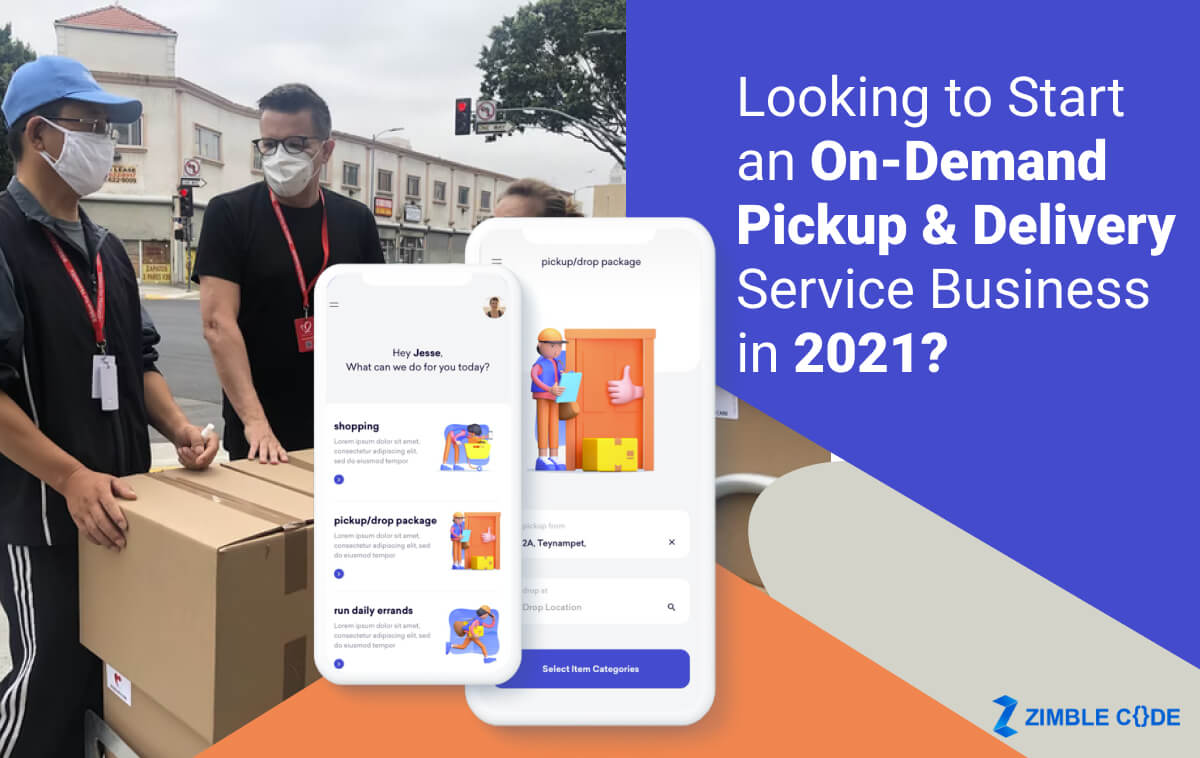
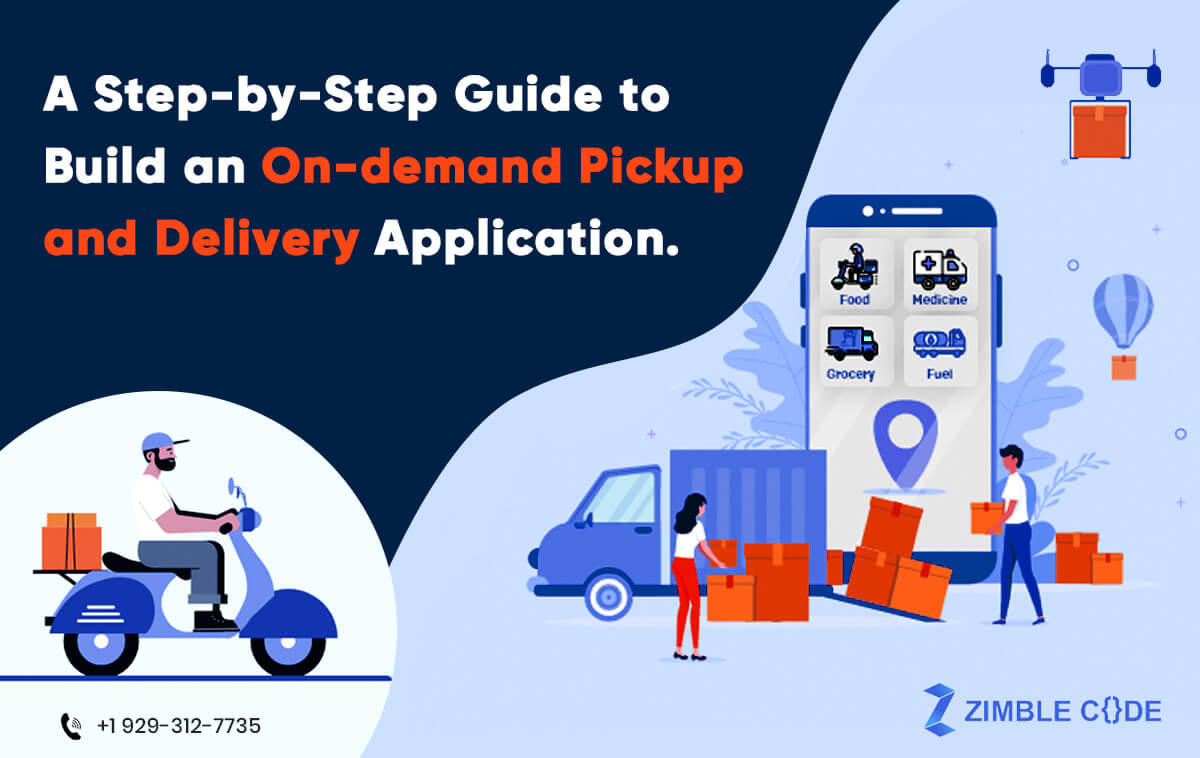
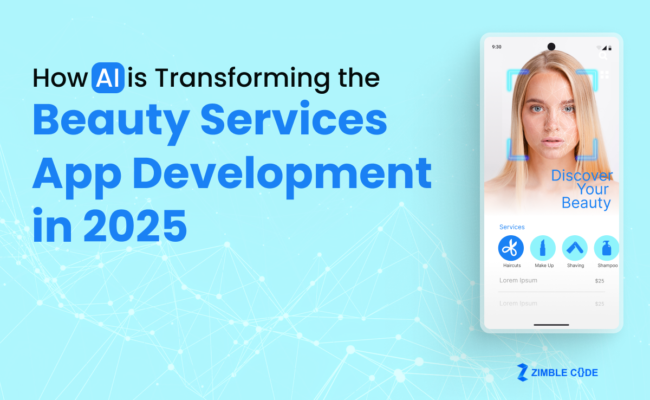
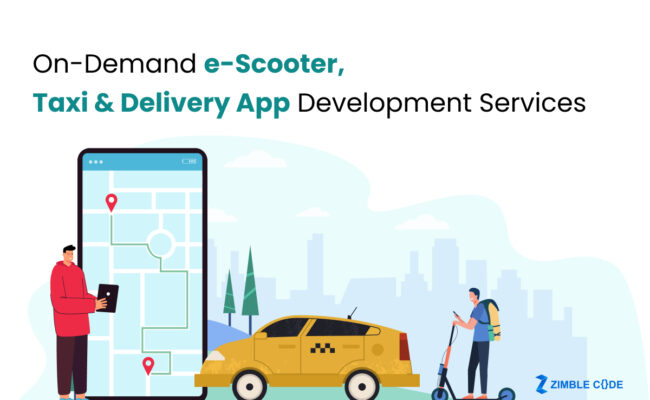
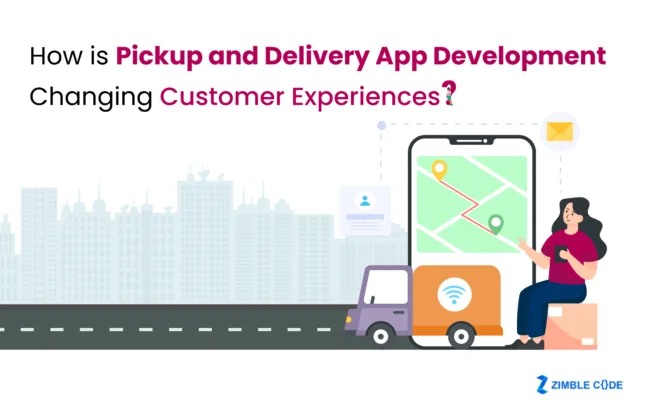
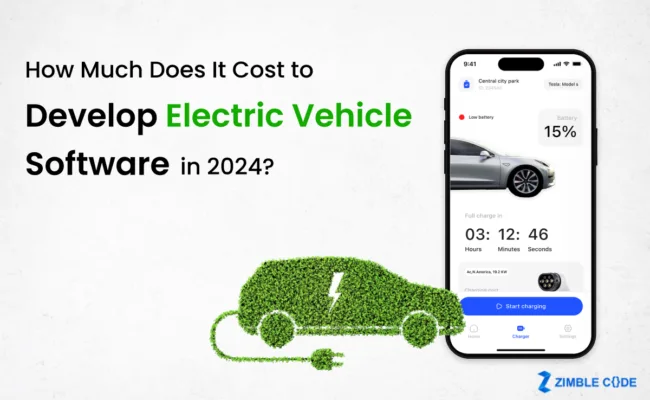
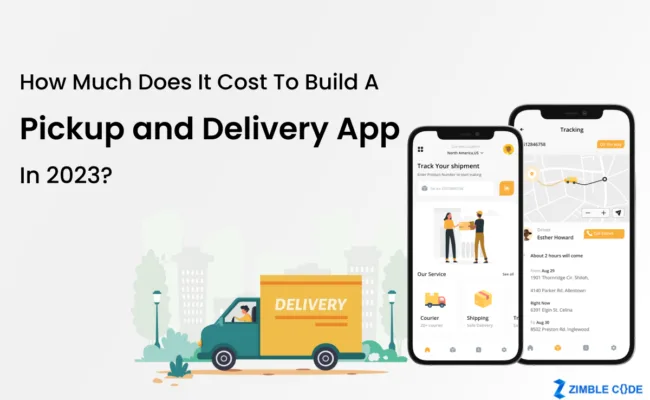

Leave A Comment